An Innovative Car Dealer Is a Future Car Dealer

I worked at a Ford dealer in Silicon Valley from 1994 to 1999. It was a transitional time in the car business; a time when old-school car guys told war stories about back-lot portables stocked with sales incentives, while young consumers arrived with astonishingly accurate invoice and holdback information. We packed payments, sold $79 undercoat for $1,500, and occasionally found customers smarter than us.
By 1999, more than 40 percent of Americans were online and the Internet was democratizing information everywhere. If someone asked me then if the retail auto environment would be different 17 years hence, I would have emphatically responded yes.
I would have been wrong.
The car business and the customer experience are all but identical. The biggest change is perhaps the relocation of the smoking area.
Auto retail is a difficult business for everyone.
Consumers despise the car buying experience. A 2015 Autotrader study of 4,000 active car shoppers found less than 1 percent enjoy the current car buying process.
Dealer margins are thin. The 2015 National Automobile Dealers Association’s (NADA) Annual Report indicates the average new vehicle gross profit has eroded steadily over the last five years to just $1,144 and negative in-store experiences cripple costly corporate branding campaigns.
Manufacturers and dealers are nonetheless profitable, and consumers are getting increasingly safer, higher quality, lower emissions vehicles. Even so, every stakeholder could benefit from improvement in automotive retail.
Carmakers are no longer the apathetic industrialists they once were. However, the current practice of measuring customer satisfaction through OEM managed post-transaction surveys (CSI) is a farce. The automakers have guaranteed the attention of their dealers by tying CSI to everything from incentive eligibility to vehicle allocation. As a result, customers are coached in how to complete surveys and are occasionally influenced with free oil changes, car washes, and fuel. An entire industry has taken root just to help dealers improve CSI. The current practice enables trend analysis as well as competitive benchmarking. It has elevated the customer experience from atrocious to almost tolerable.
As shockingly low as the 0.4 percent satisfaction rate found in the 2015 Autotrader study is, the complete results are more damning. Fifty-three percent report the car buying experience is so negative that it lengthens their time between purchases. The level of discontent is not altogether astonishing, but that makes it no less appalling, particularly as consumers are presented with increasingly attractive alternatives, including shared mobility solutions.
What are people looking for?
Deloitte Consulting recent published a white white paper titled “ The Future of Auto Retailing.” In it, they state:
No longer do customers view their retail journeys in an industry-specific vacuum — they compare the quality of every buying and service experience relative to every other one, regardless of the product or service in question.
Car shoppers are no longer giving dealers a pass simply because that’s the way things have always been. According to Deloitte, Generation Y shoppers (born 1981-2000) value the purchase experience three times more than vehicle design. With the twin transformations of shared and autonomous mobility looming, the last thing dealers need is to alienate themselves from the largest demographic in U.S. history. This pivotal consumer segment is seeking an experience that is incompatible with today’s reality.
Process drives the purchase experience — and it’s not just the negotiation process that turns people off. In fact, 56 percent of consumers who responded to the Autotrader survey indicated they prefer to negotiate. Likewise, price is not king. The same survey found just over half of shoppers, if given the choice, would select a positive experience over the lowest price. Add to that two recent big budget, one-price failures — Saturn and Scion — and the value of eliminating price negotiation is questionable.
What about the direct sellers?
Tesla, and soon Elio, are disrupting the traditional retail process through a direct sales model. Its small footprint, relatively low-cost, mall-based locations are manufacturer owned and operated. They feature limited inventory, offer a technology laden low-pressure sales experience, and seek to capitalize on regionally maintained stocks to deliver vehicles with 48 hours — or, in some cases, far later.
There are real differences between traditional franchise dealers and the direct sellers, but the franchise dealers have much to learn from direct sellers. For example, not delivering a car today is not a failure. Customers value the build-to-order model and are capable of waiting. Additionally, the negotiating and closing infrastructure associated with traditional dealerships may not be necessary.
The Vision
Innovation from within a mature industry is difficult. This challenge is what made Sony’s lost leadership in consumer electronics predictable, and it’s what makes Apple’s continuous parade of hit products all the more incredible. Innovation takes more than talent, vision, and capital. Self-confidence and patience are critical enablers. Few organizations possess this unique mix of attributes. Even rarer is the profitable business that elects to reinvent itself. Last year, the average new car dealer earned a net profit of $1.1 million on $52.1 million in sales.
Below is what an innovative, patient, deep-pocketed dealer operating in the entrenched two-step distribution model (Manufacturer > Dealer > Consumer) may execute if it were willing to flush everything it knows in pursuit of the optimal customer experience.
Creating a retail location where people want to be and an experience they will evangelize is difficult. But the experience does not begin with a building. It begins with the philosophy, process, and people.
Common sense dictates that a minority of customers who set foot on a lot will buy from that dealer. However, the prevailing wisdom among dealers is that each customer must be approached as a one-time opportunity. How frequently do shoppers leave a dealer, without having made a purchase, thinking they had an experience so superior they must tell others about it? It simply doesn’t happen. Dealers do everything possible to get each customer to make a decision today. This is where the stereotypical sales pressure arises.
This is not the most effective way to build loyalty or real satisfaction. The sales department must reframe its approach. It needs to unlock lifetime customer value. The organizational objective must shift from land every customer in a vehicle in inventory today, to match each visitor with the vehicle they want. IHS Automotive reports that the average American will own 10 to 13 vehicles in a lifetime. Not all of these will be addressable by a single dealer, but some will be and there are service and referral opportunities to consider.
J.D. Power has found that customer satisfaction, among premium and non-premium buyers alike, revolves around the sales process and salesperson. Deloitte, J.D. Power, and others have also found a strong consumer preference for the application of technology, namely the use of tablets during the sales process and a disdain for hand-written pricing information. Shocker alert, consumers do not like the four-square and back and forth traditionally used by dealers during the negotiation process. What’s more, people don’t like how long the purchase process takes!
The new sales process is driven by one simple customer-centric objective: match each visitor with the vehicle they want.
The innovative dealer will employ an end-to-end technology solution that enables customers to begin their shopping process outside the dealership. They may even visit the store, be introduced to the dealer’s internet-based solutions and be invited to make an appointment. Customers who make an appointment will enjoy a guarantee: If the dealer fails to complete their transaction and delivery in a set period of time the dealer pays their first payment. People are reasonable, particularly when treated with respect. The innovative dealer needs to own and promote its process.
Nine out of ten people report they will not purchase a car they have not driven. But 81 percent report dissatisfaction with the current test drive experience. Test drives are essential, but need to change. The visionary dealer will put shoppers in cars by themselves if they like, for up to 24 hours. Few dealers have anything to hide in their products. Allow customers the option of experiencing vehicles on their own terms and they will sell themselves.
A dealer will always prefer selling vehicles from inventory. However, the visionary dealer will more rapidly dealer-trade for a unit than a traditional dealer. In fact, the visionary dealer will make this a core aspect of its new-car business by dedicating resources to frequent, rapid trades. They must play well with other dealers and make trading easy, but in so doing they can sell from an expanded inventory.
Consumers compromise every time they purchase a vehicle, but in every compromise is an opportunity. One example is dealers already providing their plug-in electric (PEV) buyers with free access to conventionally powered vehicles to address range anxiety associated with long trips. The innovative dealer will provide every customer with free access to a variety of vehicles, regardless of what they buy. Access to a truck, minivan, convertible, sedan, or PEV will be of exceptional value to many consumers, particularly if local delivery and pickup are included. The unique provision of free access, in conjunction with the dealer’s active encouragement of its use, creates ongoing value-added touch points between the dealer and its customers, improving the customer experience and more closely connecting the consumer with the dealer.
The innovative dealership is more than a place where vehicles are sold and serviced. It is a place where mobility needs are understood and met. Shoppers will initially arrive with the goal of acquiring a new vehicle at a reasonable price. It’s the dealer’s responsibility to introduce them to its unique philosophy and menu of solutions.
These heretical deviations from the norm in dealer operations must be supported by appropriate staffing. According to a recent McKinsey & Company study, a pleasant, well trained, and motivated sales staff not only generates more referrals and sales, but can lead to more than doubling sales department profitability. The innovative sales staff will receive elevated base pay combined with reduced incentive compensation. Incentive comp will be calculated based on customer outreach activity facilitated through a customer relationship management (CRM) system, third-party operated customer satisfaction evaluations, and — yes — sales. The top volume seller may not receive the largest bonus or the most accolades.
The sales staff can be drawn from a combination of reform-minded auto sales professionals as well as others from outside the industry. Tablets will be used throughout, back-and-forth negotiations minimized, and hard close tactics eliminated. Employees will undergo regular training, not only on product but also on process and service. And much like Costco, the innovative dealer will cap profit margins on everything – vehicles, trade-ins, F&I, service, and parts.
What will the innovative dealer look like?
Rather than lining up cars row on row at the street and festooning them with balloons and stickers, the visionary dealer will feature a new appearance. The physical elements of the store will depend on the brand, market, location, size, etc. For this example, the assumption is a full-line, non-premium dealer located in a common suburban auto center.
The entrance must be easily identifiable and welcoming, not hidden or imposing. Parking will be easy and stalls will not be individually labeled; customers know who they are. The entrance will not be flanked by sales reps. A host with a tablet, not a seller, will greet each customer, provide direction, and take any necessary internal action without the use of a public address system. Think Apple Store.
A customer can check their young children into a supervised play area, grab a beverage from the full-service branded coffee shop, and head out to look at vehicles. The vehicle inventory will be uniquely organized. A relatively small number of units representing the trim levels, cab configurations, and engine choices for each nameplate will be located adjacent the showroom. Along with each nameplate grouping will also be one to three competitor vehicles. Providing competitor vehicles may not seem desirable, but the innovative dealer knows that by making them available for customer evaluation they demonstrate confidence and control context. The full inventory will be maintained at the rear of the store. This is a consultative sales process with a value proposition the competition will not match.
A set of prominently located and displayed experiential services will also be provided for demonstration and instruction. For example, a set of trailers of various weights will be available for towing. An all-weather off-road course, an expanded version of those found at Land Rover stores, will also be available. These and other facilities will be used as real-time sales tools as well as for scheduled instructional opportunities that give customers yet another reason to return, deepening the customer-dealer relationship with each visit.
The 17,000 new car dealers across the United States employ 1.1 million people, have a century of history, and operate under a well established legal foundation. The two-step distribution model isn’t going anywhere. And as dissatisfied as consumers may be with the traditional car buying experience, dealers face a classic prisoner’s dilemma: If they innovate they put their profitable enterprise at risk. If they fail to innovate they face a long decline in which they limit their ability to impact outcomes.
Car dealers are famously conservative. Innovation is expensive and risky, but what if a dealer had the confidence to be genuinely innovative?
[Images: Vauxhall Dealership, Stacey Harris/Geograph.org.uk; Saturn Dealership, GMInsideNews; Lincoln Dealership, Lincoln Motor Company]

Twenty year auto industry professional. Currently CEO at Turbo International, the premier American manufacturer of OEM replacement turbochargers for the global aftermarket.
More by Seth Parks
Latest Car Reviews
Read moreLatest Product Reviews
Read moreRecent Comments
- ToolGuy I think I will just walk.
- ToolGuy I'm several months behind on doing the homework, can't talk now.
- Tele Vision As a V1 owner I opine that Cadillac should be GM's version of AMG. i.e.: Regular Equinox with an inline 4 or V6; and an Equinox V with a twin-turbo V6; lowered; and appointed with many peeled cows - at twice the price. It'd sell. V all the things!
- Jeff Not really bad just mostly oil changes.
- Jeff Thanks again Corey for this Eldorado series.

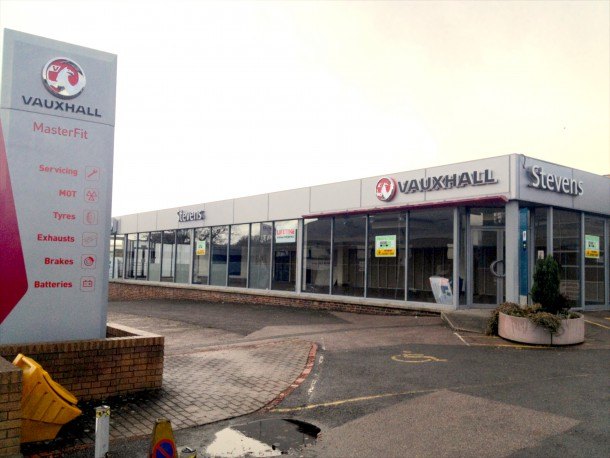



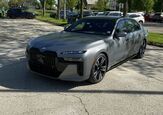











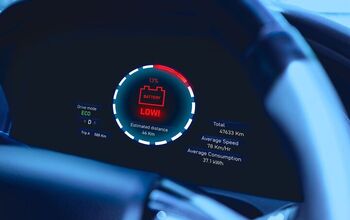
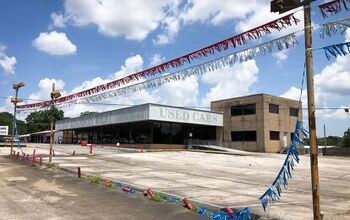
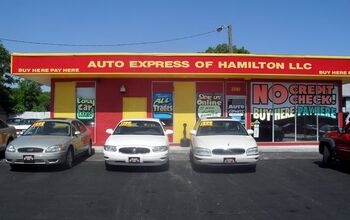
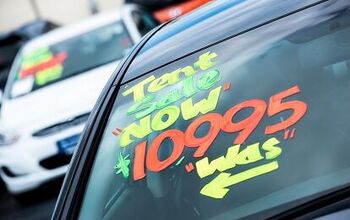
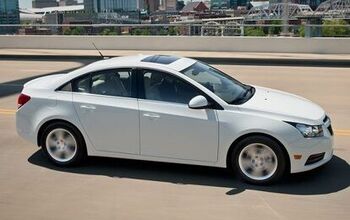
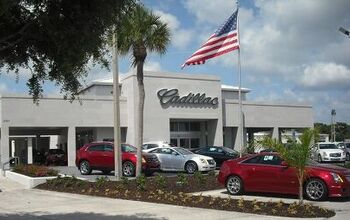
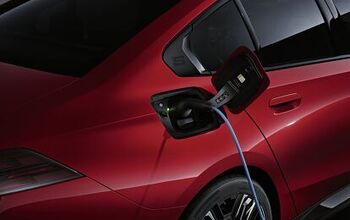
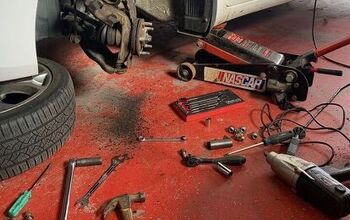
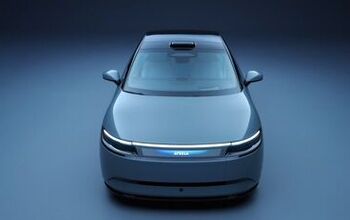
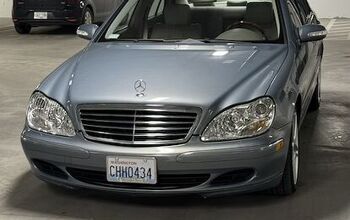
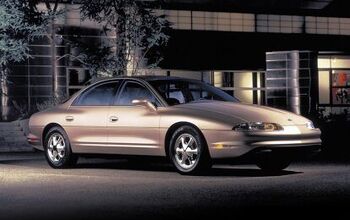
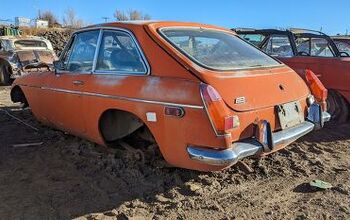
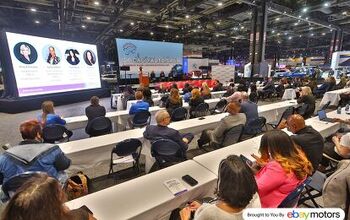

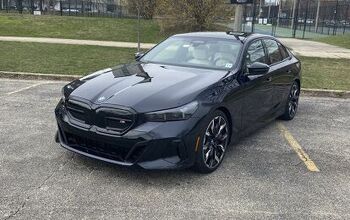
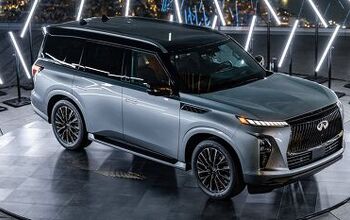
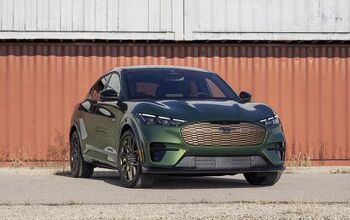

Comments
Join the conversation
Two things I have noticed about the car buying process, which I have not done often: Why don't the salespeople know about the product? I usually know more about the car than they do, which I think is true for many consumers. Meanwhile, I can go to Macy's and when I want to buy a gift for my mother, the Estee Lauder lady knows all about what products they carry and even knows what mom likes. Then there is the issue of inventory. Why do car dealers have to have hundreds of cars on the lot? It seems that even for the people who need a car NOW, maybe 20 to 30 might be enough. Less inventory would save space and maybe not so much pressure to buy what is there.
The thing with car dealers is that you don't have to be smart to get into the business, you just need money or someone with money who will back you. Manufacturers will sort-of pick and choose who can and who can't get into the game, but for the most part the concern is whether you have deep enough pockets to keep the point afloat. Bad dealers will still make money with thin margins and never do much to improve themselves. That $1,100 GP number is pathetic. Good dealers will use all the tools at their disposal to make their customers happy and make more gross because of it. The thing is, most of those tools are of little to no cost. They're either a simple best practice or a tool that the manufacturer provides to the dealer. The bad dealers fail consistently at the basics. Some of the highest satisfaction dealers have some of the lowest fixed costs.